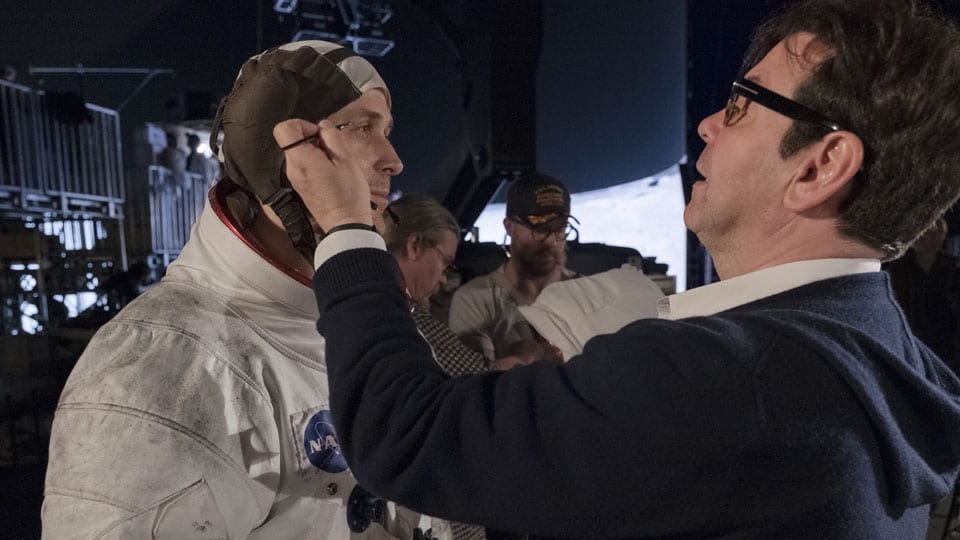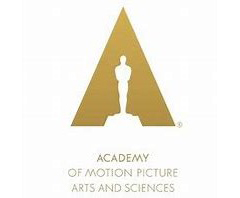 On September 23, 2019, author Christopher Beach lectured about the invaluable field of cinematography at the Motion Picture Arts and Sciences’ Linwood Dunn Theater in Hollywood, California. Author of the recent cinema crafts book A Hidden History of Film Style, from the University of California Press, Beach dissected the contributions of the cinematographer in some of history’s most significant motion pictures.
On September 23, 2019, author Christopher Beach lectured about the invaluable field of cinematography at the Motion Picture Arts and Sciences’ Linwood Dunn Theater in Hollywood, California. Author of the recent cinema crafts book A Hidden History of Film Style, from the University of California Press, Beach dissected the contributions of the cinematographer in some of history’s most significant motion pictures.
Pointedly, Beach, a 2012 recipient of The Academy Film Scholars Award, explained why, throughout the 20th century, cinematographers often did not get their due within the industry itself, to say nothing of being heralded in the literature about Hollywood.
Due to a decided lack of widespread information about the craft of cinematography and the occupation’s artistic merits, Beach, who did the majority of his research at The Academy’s Margaret Herrick Library in Beverly Hills, described how the technical complexity of cinematography—cameras, film stocks, and lighting—leads to a measure of ignorance amongst others in the film industry. As a result, barely a trickle of technical information migrates to the mass media, which already barely cover below-the-line movie staffers.
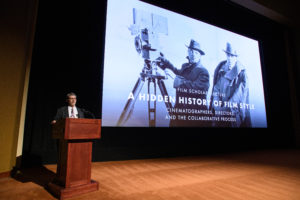
Surprisingly, Beach also professed that the auteur theory, favoring screenwriters who also direct, has a stronghold on the nature of film analysis, rarely allocating room to discuss cinematographers. “You go back to the early days,” Beach stated, “they often didn’t credit cinematographers. Then, directors, [such as] Hitchcock, they didn’t want to give the credit to their personnel; they wanted it for themselves.”
In the case of D.W. Griffith, Beach detailed how Griffith wanted to claim credit for the successes of his large-scale films, including Intolerance and Birth of a Nation. However, Griffith’s key director of photography, G.W. ‘Billy’ Bitzer deserved a significant portion of credit for the groundbreaking visuals in those films.
“It’s clear to me that Bitzer predated Griffith by a long time,” noting that Bitzer began his camera work in the late-1890s. Beach conveyed Bitzer’s “innovation in cinematography before he starts working with Griffith. “The iris shot is a photography innovation. The use of reflective light was invented by Bitzer.”
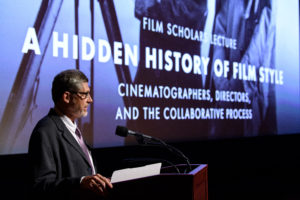
Regarding renowned Western director John Ford, Beach related that George Schneiderman shot 21 films for Ford, yet in the plethora of books about Ford, he is not mentioned. Conversely, Orson Welles was one of the few acclaimed directors who was willing to stand up for his first cinematographer, Gregg Toland, as a vital asset in the innovative, landmark production of Citizen Kane, largely acknowledged as one of the very best American films.
“People say [Toland] was the most influential cinematographer of all time,” said Beach. “He died quite young, so who knows what would have happened. Citizen Kane wouldn’t have looked anything like that [without Toland]. I don’t know how Welles would have had any knowledge or experience to do those things—I can’t imagine that the ideas for lighting or particular shots had come from Welles without Toland. [Welles] never made a film nearly that good again.”
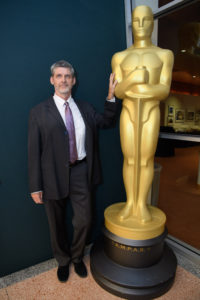
With respect to auteurism, Beach remarked that when it began, it was a valuable theory. “There’s a consistent vision and thematic structure to certain directors,” Beach claimed. “At this point, we need to move beyond that—it shouldn’t be the only way we understand films. The image on the screen is the product primarily of the cinematographer.”
Among contemporary examples, which Beach screened and discussed on September 23, he noted Roger Deakins, who shot 12 films for The Coen Bros. “He raised their films to a whole new level,” Beach said.
Other than a very few modern directors of photography in addition to Deakins, Beach, in closing, described how first-hand comprehension of these craftspeople, nevertheless, remains largely unknown. “There is some publicity now—American Cinematographer magazine covers them pretty well,” Beach said. “In regular media, there is coverage, but not that often. There is much still overlooked.”





